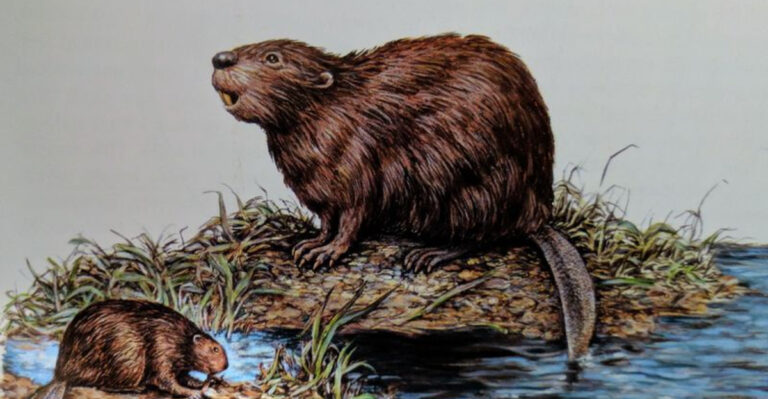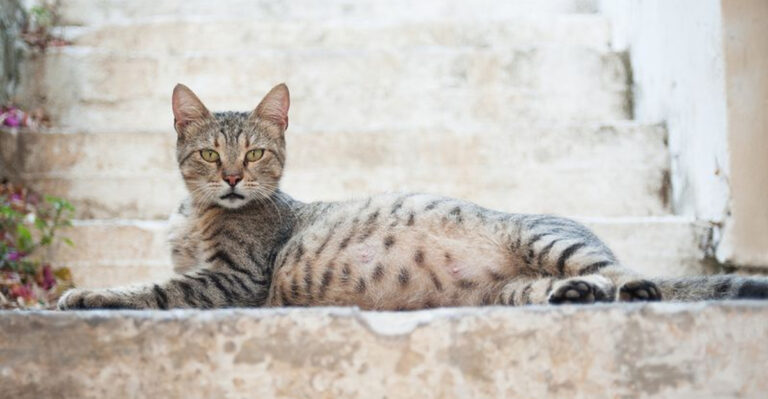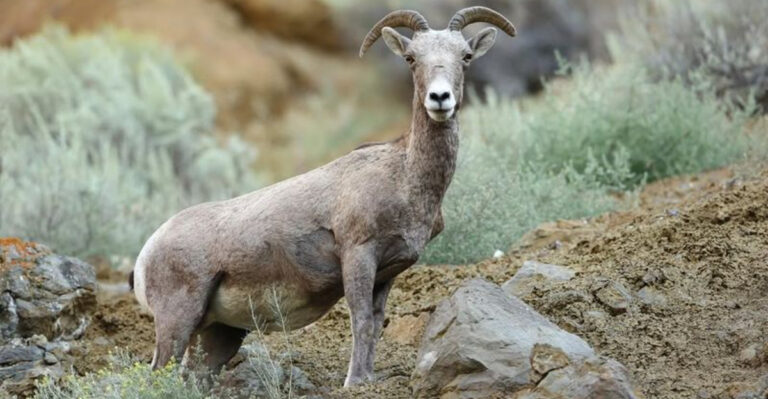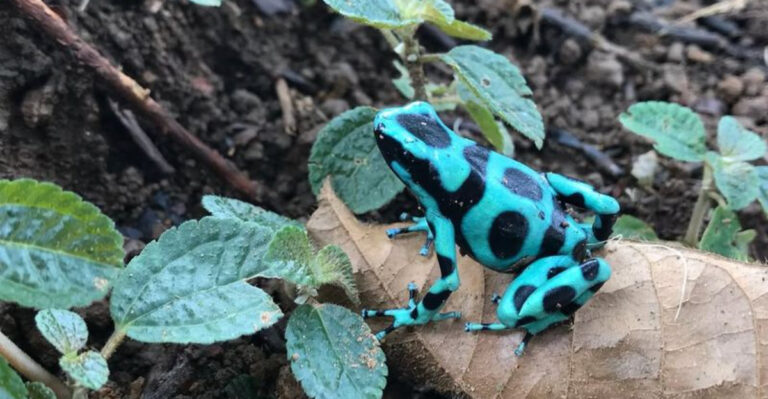What Do Black Bears Eat?
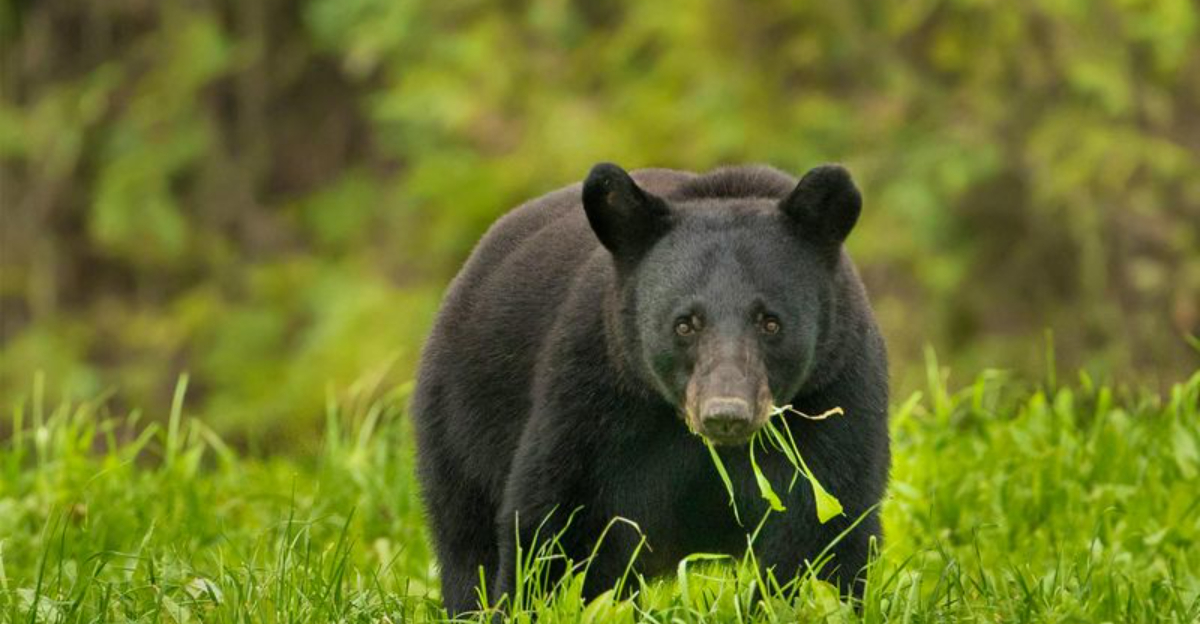
Ever wondered what’s on the menu for those furry forest giants? Black bears aren’t just honey-loving cartoon characters – they’re real-life eating machines with surprisingly diverse diets.
Understanding what these woodland wanderers munch on helps us better protect them and ourselves when sharing their territory.
1. Berry Bonanzas Are Bear Favorites
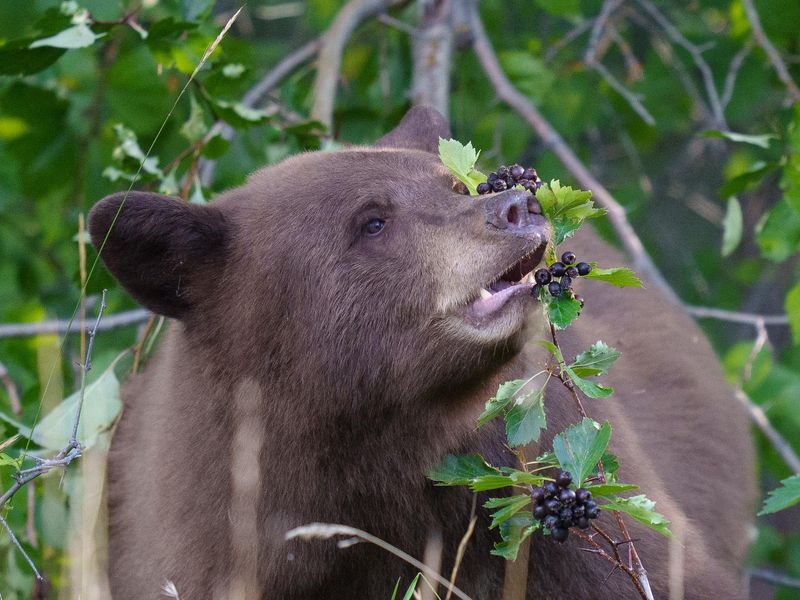
Nothing gets a black bear more excited than stumbling upon a berry patch! These sweet treats make up nearly 85% of their summer diet in some regions.
Blackberries, blueberries, huckleberries, and raspberries become all-you-can-eat buffets that bears will travel miles to find. Their sensitive noses can detect ripe berries from impressive distances.
2. Nuts And Acorns Pack Crucial Fat
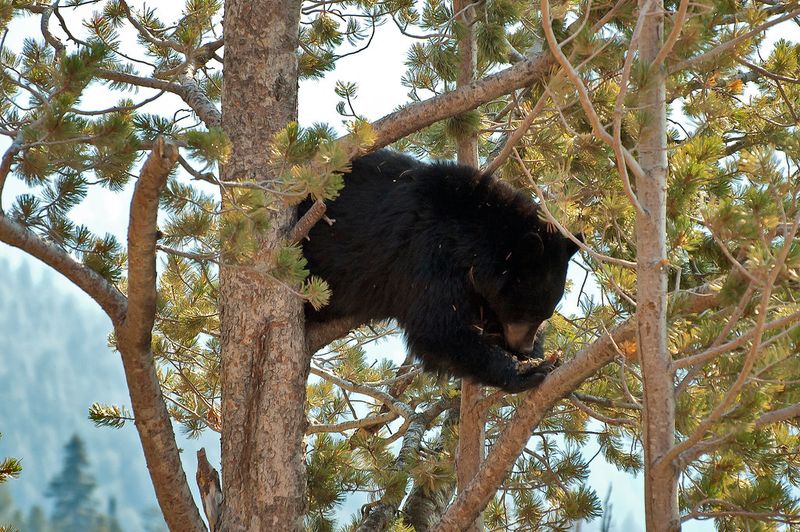
Fall brings a nutty treasure hunt for black bears. Acorns, hickory nuts, beechnuts, and walnuts become calorie goldmines that help bears pack on essential pre-hibernation pounds.
A single bear might consume thousands of acorns daily during autumn. These fatty powerhouses can double a bear’s body weight in just a few months – critical preparation for winter’s long nap.
3. Insects Provide Protein-Rich Snacks
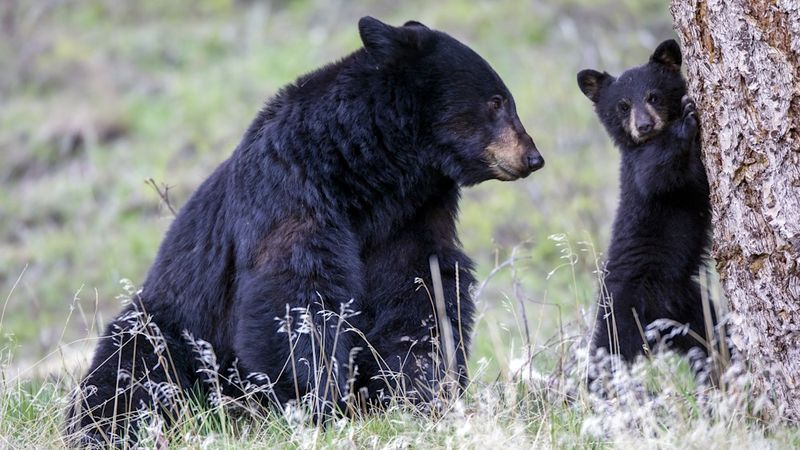
Who knew bears were bug enthusiasts? These mighty mammals will flip over rocks, tear apart rotting logs, and dig into anthills for crunchy insect snacks.
Ants, termites, grubs, and beetle larvae offer concentrated protein that’s worth the effort. A bear might spend hours meticulously licking ants from a disturbed colony, using their long tongues to slurp up hundreds of insects in minutes.
4. Honey Raids Aren’t Just Cartoon Fantasy
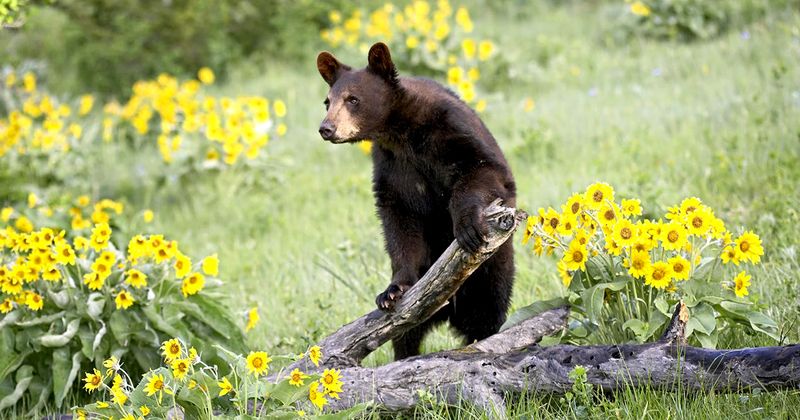
Winnie the Pooh got one thing right – bears really do love honey! The sweet reward is worth braving angry bees and painful stings.
Black bears demolish entire hives to feast on honey, larvae, and beeswax. Their thick fur provides some protection from stings, though their sensitive noses often take the brunt of the bees’ defense. Some clever bears have learned to raid artificial beehives too.
5. Fish Become Seasonal Delicacies
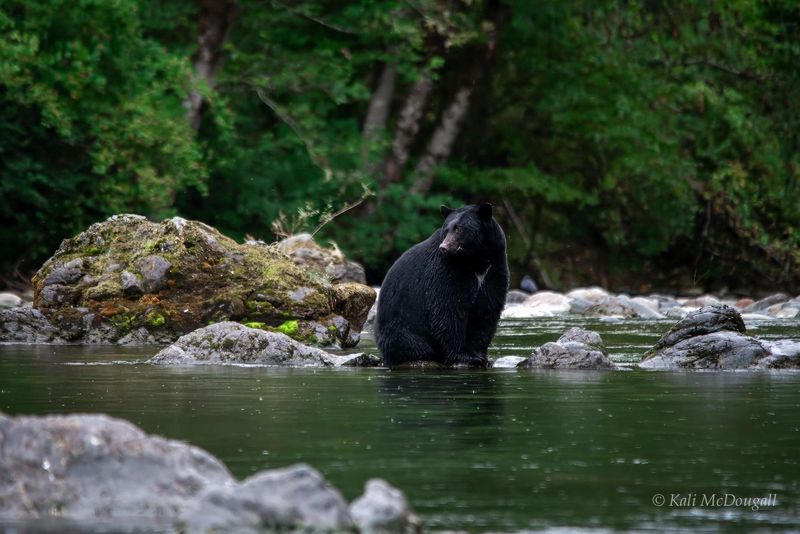
Salmon runs transform some black bears into skilled fishermen. While not as famous for fishing as their brown bear cousins, black bears happily wade into streams when fish are abundant.
Using their paws or sometimes just their mouths, they scoop up slippery prizes during spawning seasons. Coastal bears particularly enjoy this high-protein feast, sometimes eating only the fattiest parts when fish are plentiful.
6. Garbage Creates Problem Bears
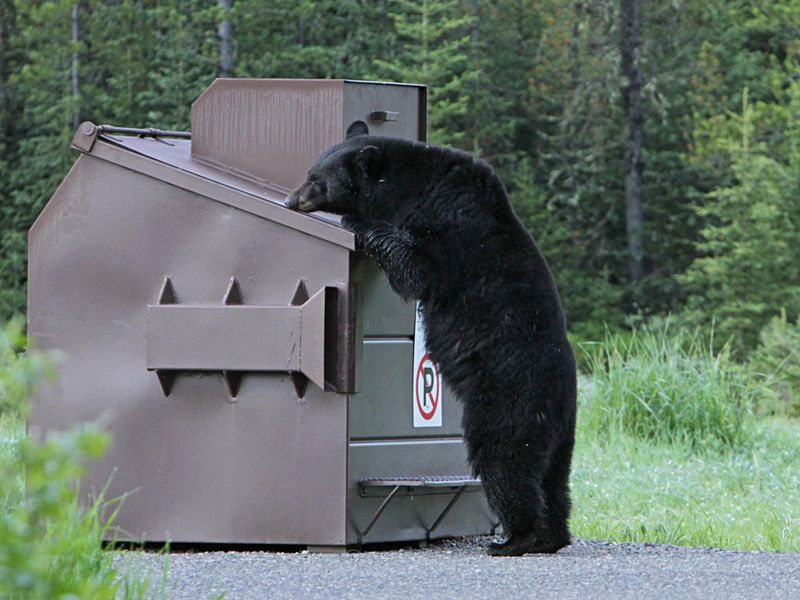
Human leftovers spell trouble in bear country. Once a bear discovers the calorie jackpot in trash cans, they’ll return again and again, creating dangerous situations for both bears and people.
A bear’s incredible sense of smell can detect food odors from over a mile away. These opportunistic eaters quickly learn that raiding garbage requires less effort than foraging naturally, leading to harmful dependencies and often tragic outcomes.
7. Carrion Doesn’t Get Turned Down
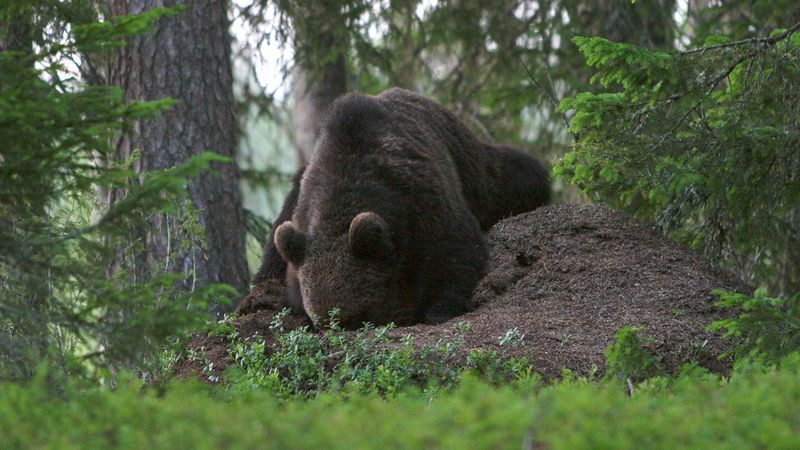
Finding a carcass of a deer or elk is like hitting the bear lottery! Black bears aren’t typically active hunters of large animals, but they won’t pass up free meat. Their powerful jaws and digestive systems handle decomposing flesh that would make other animals sick.
Bears often cache larger carcasses by covering them with leaves and dirt, returning for multiple meals and fiercely defending these valuable resources.
8. Plant Shoots Signal Spring Feasting
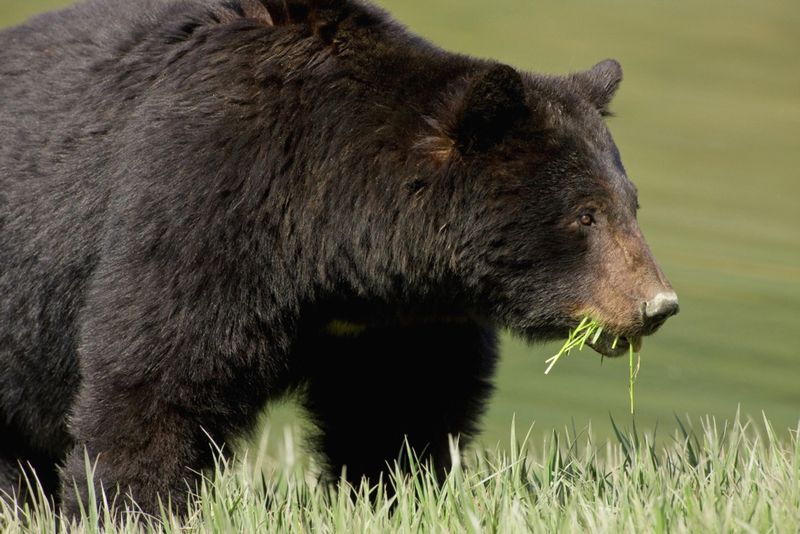
After months of hibernation, hungry bears emerge to a world of fresh greenery. Tender plant shoots, grasses, and leaves become their first meals after the long winter fast.
These early spring foods help restart their digestive systems. Bears particularly favor protein-rich clover, dandelions, and skunk cabbage. You might spot telltale signs of bear dining in meadows – areas where vegetation has been systematically cropped.
9. Small Mammals Make Occasional Meals
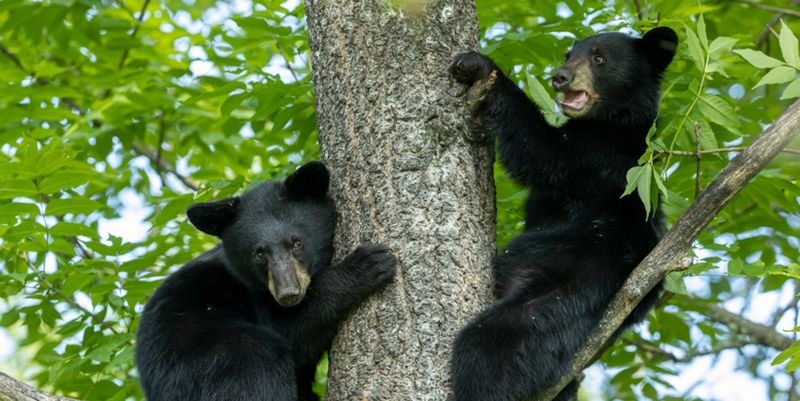
Rodents beware – you might become bear brunch! While not dedicated hunters, black bears opportunistically catch small mammals when the chance arises.
Mice, voles, ground squirrels, and even young deer fawns sometimes end up on the menu. Bears have been observed using their sensitive paws to detect rodents under fallen leaves or snow, then pouncing with surprising agility for such large animals.
10. Bird Eggs Provide Spring Protein
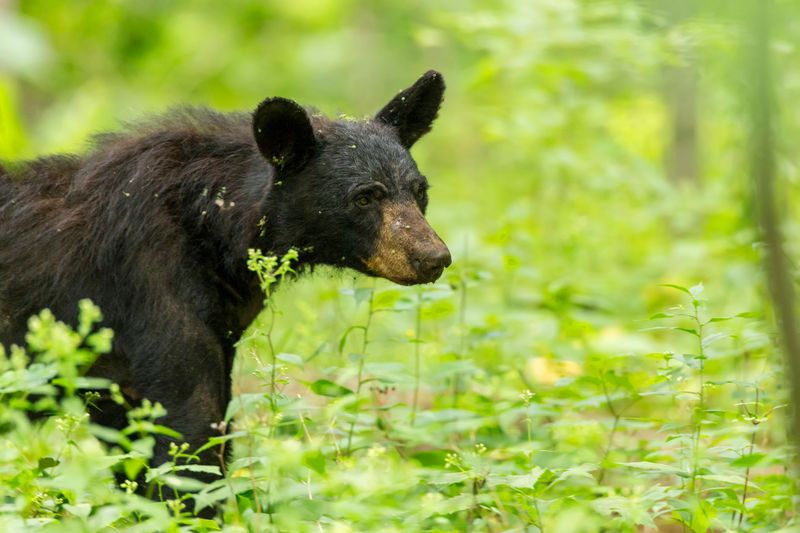
Spring brings a treasure hunt as bears sniff out bird nests. Ground-nesting species are particularly vulnerable to these egg-stealing omnivores.
Duck, goose, and turkey eggs make protein-packed snacks that bears rarely pass up. Their excellent climbing abilities mean even tree nests aren’t safe. Bears have even learned to identify and raid nest boxes installed by conservation programs.
11. Agricultural Crops Create Bear Magnets
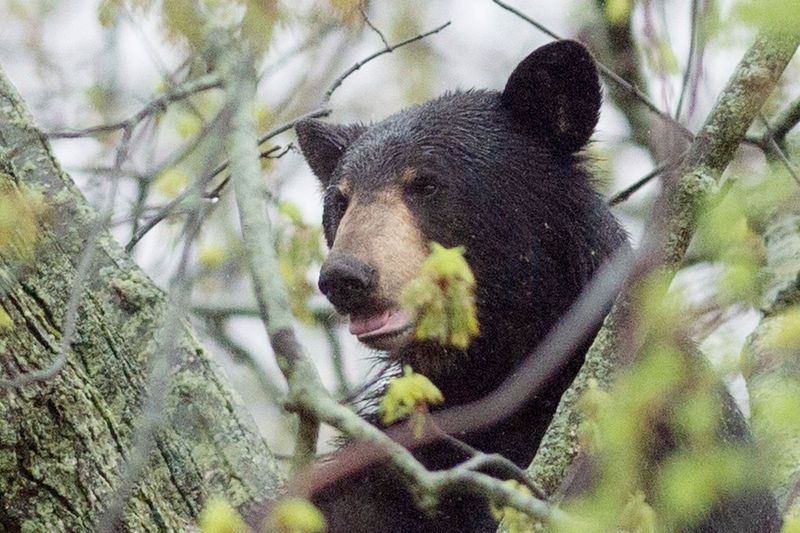
Cornfields become bear buffets when natural foods run short. A single bear can flatten significant portions of crops in just one night’s feeding frenzy.
Oats, wheat, corn, and fruit orchards all attract hungry bears looking for concentrated food sources. Farmers in bear country often struggle with these midnight raiders. Some bears travel miles outside their normal range when they smell ripening crops.
12. Seasonal Diet Shifts Show Remarkable Adaptability
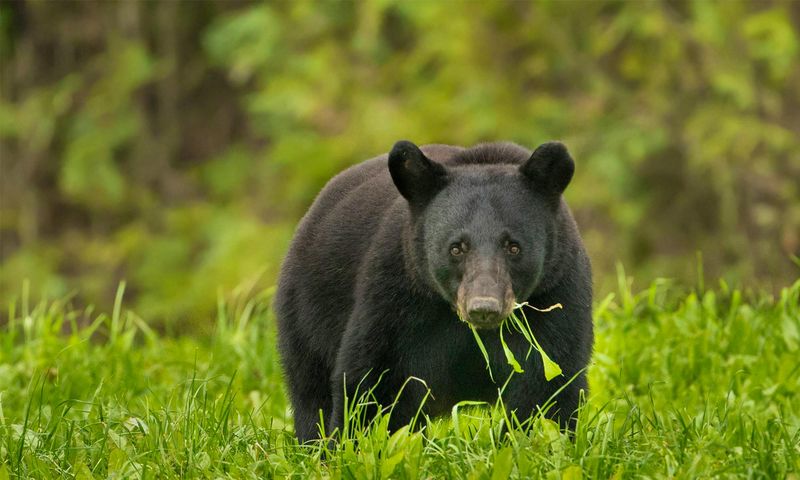
Master adaptors with stomachs that follow nature’s calendar! Black bears shift their diets dramatically as seasons change and food availability fluctuates.
Spring brings greens and insect larvae, summer offers berries and soft fruits, while fall demands high-fat foods for winter preparation. This flexibility explains their success across diverse habitats from Florida swamps to Alaskan forests. Few mammals show such dietary versatility.

